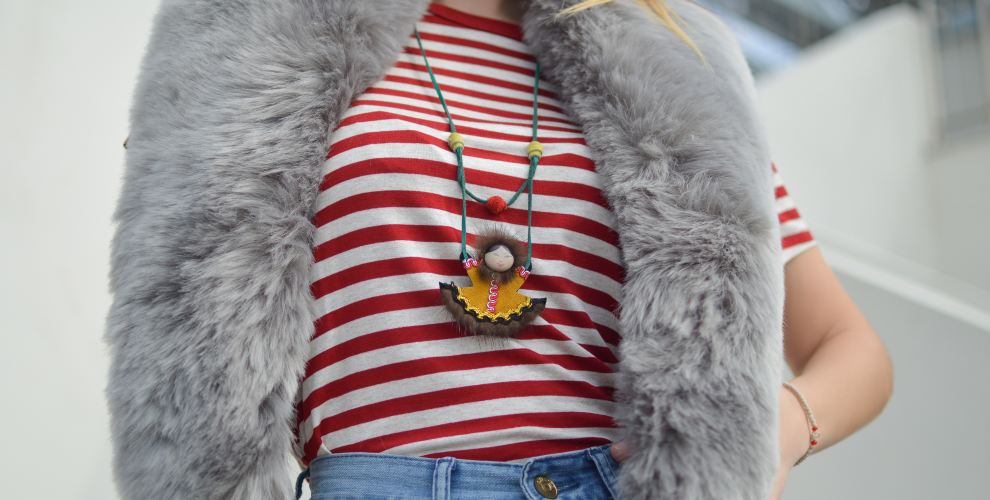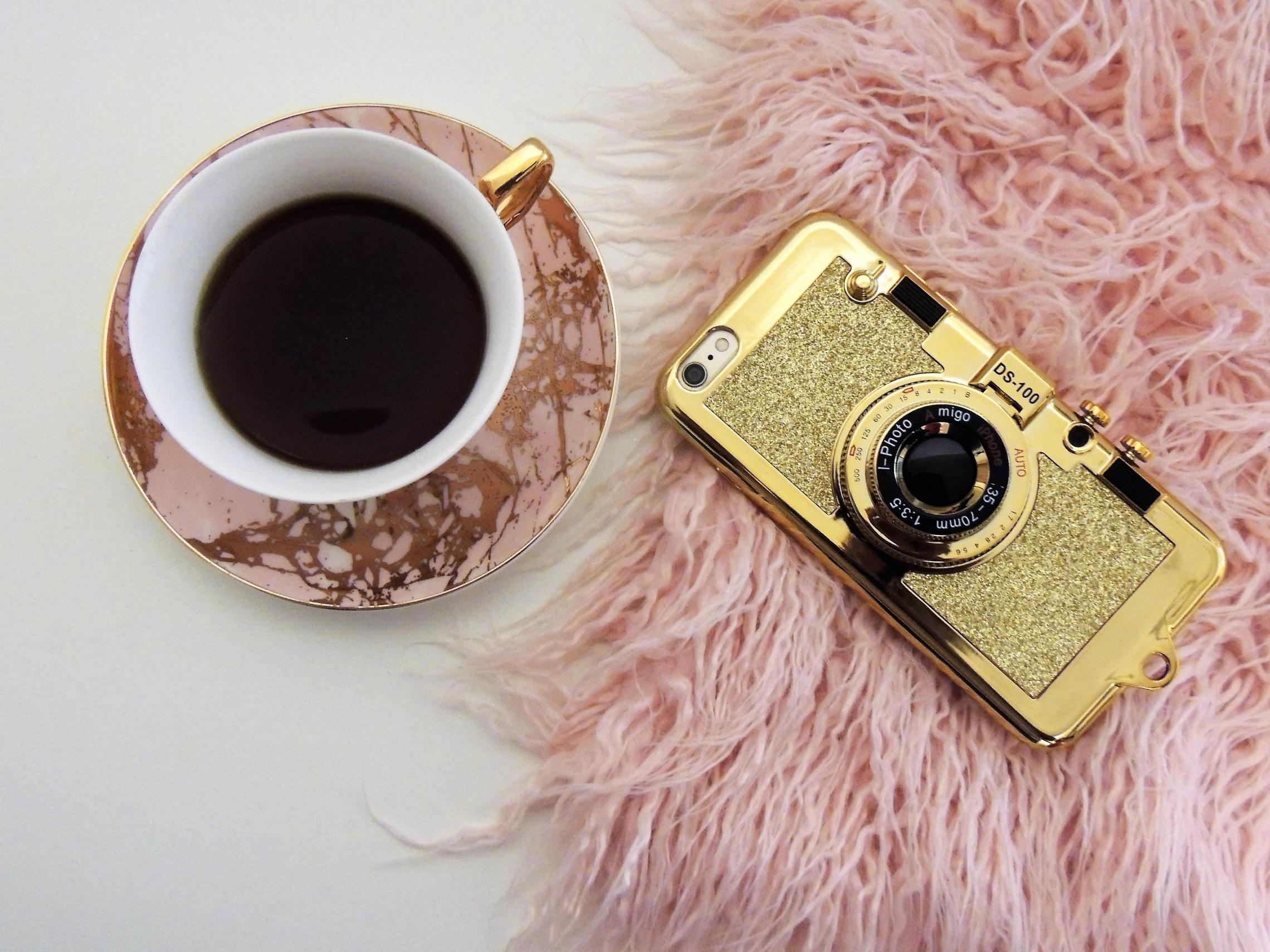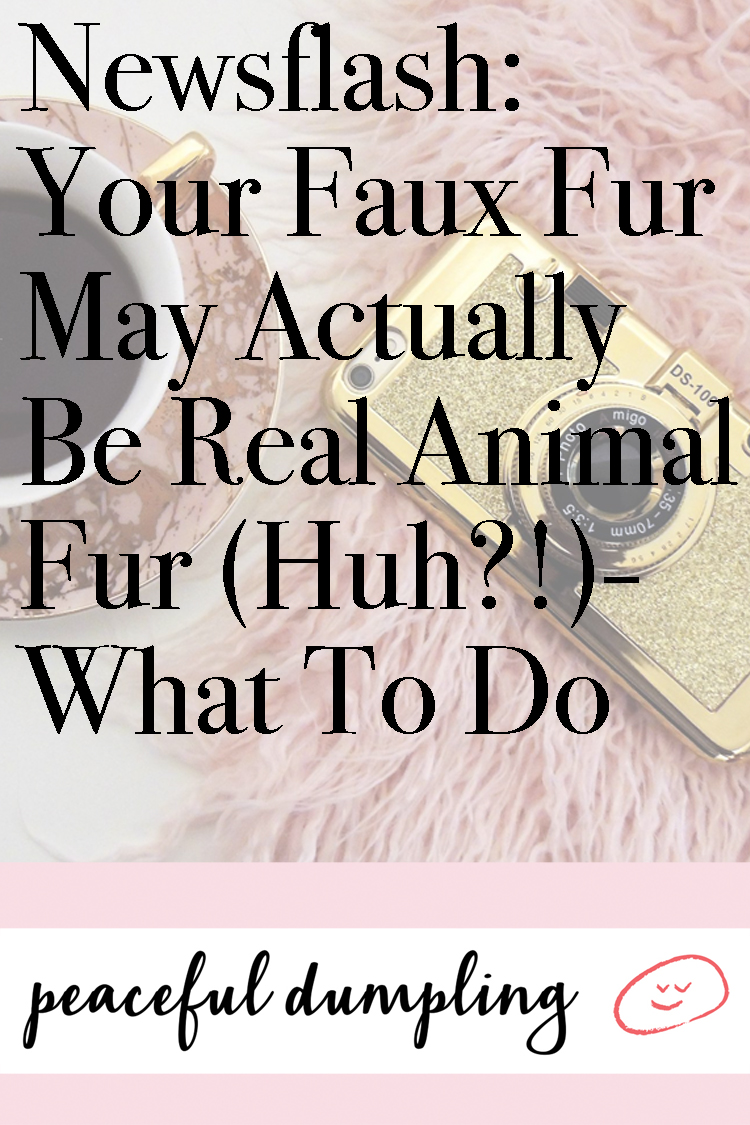A version of this article was published on Ethical Unicorn.
Since I first saw the faux vs real debacle hitting the headlines last year, I naively thought this was an issue a lot of people knew about. However it seems that this may have flown under the radar for some; I’ve seen a fair few people I know who are definitely anti-fur, wearing pieces that I wouldn’t be 100% confident declaring as faux. Even within communities that don’t care about sustainable fashion at all, in Britain at least there’s a general anti-fur consensus. But here’s the thing. Because fast fashion just loves to cut corners whenever it can, over the last few years multiple retailers have been caught out, as their ‘faux fur’ products turned out to be anything but. Today I wanted to talk about this because it’s inherently linked to the larger issues we see in fast fashion. While we’re here, I also want to add my voice to ending the myth that faux fur is sustainable, because it is not.

Whilst market stalls, small independent boutiques and e-commerce sites are the most common places where the selling of real fur under a faux label occurs, larger brands that have also been caught out include, but aren’t limited to, Urban Outfitters, Boots, Tesco, Fat Face, BooHoo, TK Maxx, Amazon, Miss Bardo, Missguided, House of Fraser, Forever 21, Debenhams, Romwe, Neiman Marcus, Kohl’s and Nordstrom (various reports I link to through this piece have discussed these brands by name, most of these names have been specified more than once). These ‘fake’ furs have been found to actually be made from animals such as mink, fox, chinchilla, rabbit, raccoon and even dog and cat fur. It seems that a lot of this selling is happening by accident, but why is it happening at all? Well, the answer is both straightforward and very common for fast fashion: cheap prices and lack of supply chain transparency.

How real fur enters the supply chain
Most ordinary consumers lack the ability to distinguish between fake and real fur from simply looking at it, and it’s the same for fast fashion brands too. Although fur farms have been banned in the UK for over a decade foreign fur, particular from Asia, has been making its way into supply chains because brands simply don’t know who is making their clothes. It’s very common for brands to contract with one hub factory who then subcontract out to various spoke factories. This accounts for both why brands can say they have ‘ethical working conditions’ when they definitely don’t, because they only see the parent factory and ignore the rest, and how these materials end up in their clothes. The Sky News investigation reported that all the items they found mislabelled as fake fur were labeled as made in China and priced at £30 or under. Fast fashion equals cheap prices, and cheap prices often equal unethical, unmonitored supply chains. While there are differing circumstances surrounding inclusion of real fur in products compared to unethical worker conditions, at its core it’s the same concept of conveniently slipping under the radar. The brand is able to easily claim ignorance, whilst it may have actually been knowingly looking the other way.
At the same time, pushing products out for a lower price often means that brands put pressure on factories to produce clothes at lower costs, otherwise they move on to a cheaper supplier. It’s this pressure that pushes factories to subcontract in the first place, and to swap out fake fur for real, especially as it is often only used for small sections on clothes or accessories.
‘Premium-grade faux fur is becoming more expensive. “It is because of this discrepancy in quality and price that there is a temptation to use real fur instead of faux fur,” says Moore. “When customers demand a better product the easy alternative for sewing factories is to use a real fur [as] it is cheaper to buy small scraps of real fur than lengths of high-quality faux fur. Cat and rabbit fur is cheap to produce, especially where there is very little regulation.”’ (source)
When this fur has entered the supply chain, brands who sell these products are often then ill-equipped to spot it or stop it.
‘Larger retailers, however, who rely on multiple suppliers for inventory, are not always as vigilant — Human Society investigations in the US and the UK have found it common practice to rely on the naked-eye judgment of buyers, copywriters, and quality control staff to determine the authenticity of trims and smaller fur items.
“When the product reaches the point of sale we find often there can be different quality control mechanisms in place within the same company for their in-store sales versus their online sales,” explains Bass. “A lot of times it would go down to a copywriter who was putting the information on the website,” agrees Smith. “It would come to the fur and they would use their judgment to know if it was real or not.”’ (source)
Additionally, the legal requirement around using the word fur on labels are pretty complex, both in Europe:
‘Although it is technically illegal to mislead customers, according to HSI, the regulation is very rarely enforced.
“There is no legal requirement to use the specific word ‘fur’ on items containing real fur. EU regulations do require items defined as ‘textile products’ to carry the confusing wording ‘contains non-textile parts of animal origin’ but as well as not clearly telling consumers it means ‘real animal fur’ in practice this wording requirement is rarely adhered to at all,” HSI noted in a press release.
HSI also said that footwear, accessories, and e-commerce, are exempt from that requirement.’ (source)
And in America:
‘Initially, Smith found that a loophole in US federal law didn’t require any fur valued at less than $150 to be labeled. “This is what led to a lot of problems where consumers that don’t want to buy fur were being duped into purchasing real fur because they didn’t see it on the label,” he says.
In 2010, US President Obama signed in The Truth in Fur Labelling Act, a bill designed to close the loophole and put legal safeguards in place so consumers could make more informed purchasing decisions. However, Smith says the problem of missing or inaccurate labeling still persists: “Even though the law is passed, it’s not being enforced. We’re still finding lots of garments without any sort of fur mentions. And then that’s just quality control on the retailer’s side.”’ (source)
So essentially, it’s a bit of a nightmare–but there’s something you can do.
- Do your research before making a purchase. Do the company make its sourcing as transparent as possible? Don’t be afriad to ask questions.
- Be wary of buying online. EU regulations state that “textile products” (ie clothes) containing fur should be labelled as containing “non-textile parts of animal origin”. However, HSI says this doesn’t need to be included in online product descriptions. If it’s a brand with little supply chain transparency, I wouldn’t trust their online store.
- Consider an alternative to fur. Check your favorite ethical designers for warm, cozy pieces made with natural, non-animal fibers.
Read more tips on Ethical Unicorn.

Are you a faux fur fan? What has been your experience with purchasing ethical faux fur?
Also by Francesca: Is Your Chocolate Ethical? The Shocking Story Behind Your Favorite Treat
Related: Gucci Commits To Go Fur-Free–But Is Faux Fur Really The Solution?
These Timeless Chic Fine Jewelry Lines Use Ethical Gold & So Worth The Investment
Get more like this—Subscribe to our daily inspirational newsletter for exclusive content!
__
Photos: Unsplash
